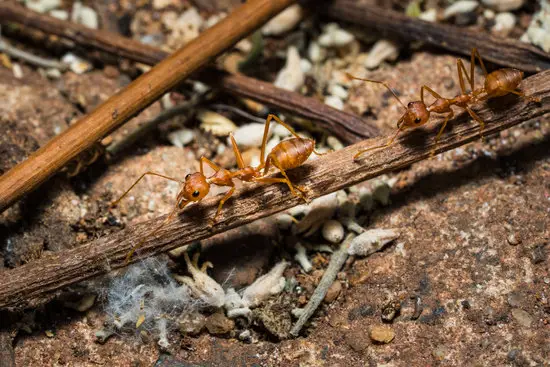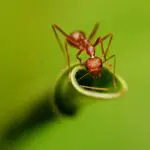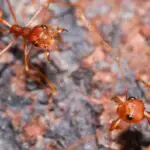How Can Ants Climb Glass?
Depending on the type of glass you have, it may be difficult for ants to climb. For example, polished glass is extremely slippery and ants can easily slip and fall. It is also hard for ants to climb on Teflon, a synthetic material.
However, some ant species have claws and sticky pads. These claws and sticky pads allow ants to climb and walk on glass surfaces.
Some species of ants, such as Rhytidoponera metallica, have poor suction capabilities. This means that ants cannot climb smooth surfaces.
Other ant species, such as Daceton armigerum, have better claws and adhesive pads. These claws are angled in a way that gives the ant a better grip.
These claws also provide friction and keep ants from falling off the surface. They are very useful for climbing rough surfaces, and some species can also climb trees.
Aside from claws, ants have sticky pads on their feet. These pads are used to create a suction force between the glass surface and ants’ feet. Some ants have sticky pads on their feet and feet are covered with hairs, which generate friction as ants walk on a surface.
Some ants, such as black garden ants, have small claws on their feet. These claws are used to climb vertical surfaces. They can also climb windows.
Some ants, such as the Azteca ant, have a combination of these climbing abilities. These ants dominate the Amazon rainforest and are very aggressive. They also make use of their suction-like legs to move quickly in vertical environments.








